Archives
- 2025-11
- 2025-10
- 2025-09
- 2025-03
- 2025-02
- 2025-01
- 2024-12
- 2024-11
- 2024-10
- 2024-09
- 2024-08
- 2024-07
- 2024-06
- 2024-05
- 2024-04
- 2024-03
- 2024-02
- 2024-01
- 2023-12
- 2023-11
- 2023-10
- 2023-09
- 2023-08
- 2023-07
- 2023-06
- 2023-05
- 2023-04
- 2023-03
- 2023-02
- 2023-01
- 2022-12
- 2022-11
- 2022-10
- 2022-09
- 2022-08
- 2022-07
- 2022-06
- 2022-05
- 2022-04
- 2022-03
- 2022-02
- 2022-01
- 2021-12
- 2021-11
- 2021-10
- 2021-09
- 2021-08
- 2021-07
- 2021-06
- 2021-05
- 2021-04
- 2021-03
- 2021-02
- 2021-01
- 2020-12
- 2020-11
- 2020-10
- 2020-09
- 2020-08
- 2020-07
- 2020-06
- 2020-05
- 2020-04
- 2020-03
- 2020-02
- 2020-01
- 2019-12
- 2019-11
- 2019-10
- 2019-09
- 2019-08
- 2019-07
- 2019-06
- 2019-05
- 2019-04
- 2018-07
-
Thus while there is ample evidence to rule
2021-10-14
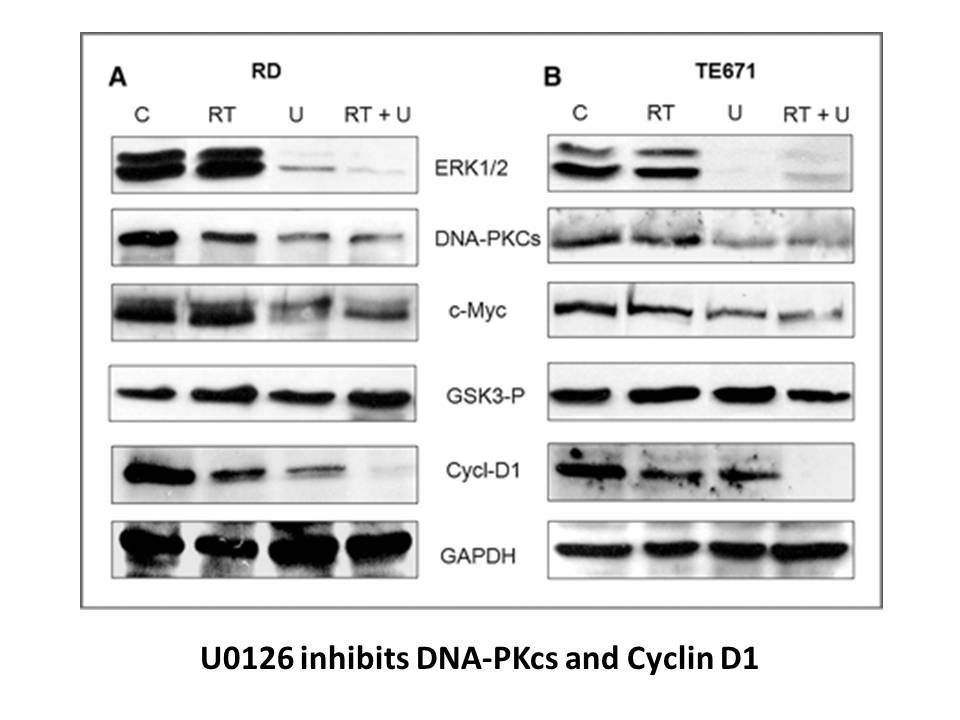
Thus, while there is ample evidence to rule out a generalized blockade of TGF-ß signaling by Hippo pathway activation upon establishment of cell–cell contacts, more recent studies have established that, in specific contexts, Hippo and TGF-ß signaling may either interfere or cooperate with each other
-
Mitochondrial binding by HK prevents mortality by
2021-10-14
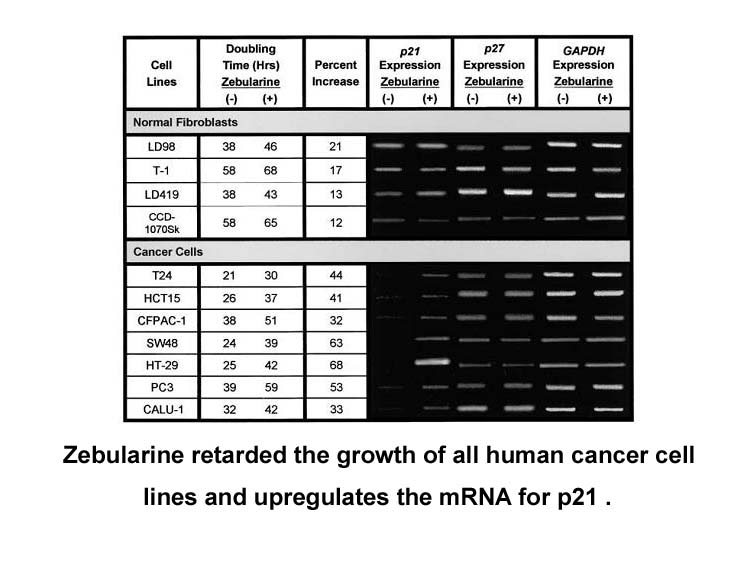
Mitochondrial binding by HK prevents mortality by inhibiting pro-apoptotic factor (Bcl-2 family)-mediated opening of the mitochondrial permeability transition pore (mPTP) (Arora and Pedersen, 1988, Calmettes et al., 2016, Kodde et al., 2007, Pedersen et al., 2002, Rosano, 2011, Schindler and Foley,
-
Heme activates the master regulator of the anti oxidant stre
2021-10-14

Heme activates the master regulator of the anti-oxidant stress response, NRF2, which mediates the up-regulation of a battery of phase II detoxifying genes [106]. Remarkably, HO-1 induction by NRF2 is regulated via an interplay with the transcriptional repressor BACH1 at the Maf recognition Clindamyc
-
br Mechanism of HH pathway activation
2021-10-14

Mechanism of HH pathway activation in NSCLC Despite the role of the HH pathway in basal cell carcinoma and medulloblastoma, it has been postulated that epithelial tumors do not demonstrate cell autonomous HH ligand activity. The main evidence comes from the study by Yauch et al showing no correla
-
Several studies have reported that the genotype
2021-10-14
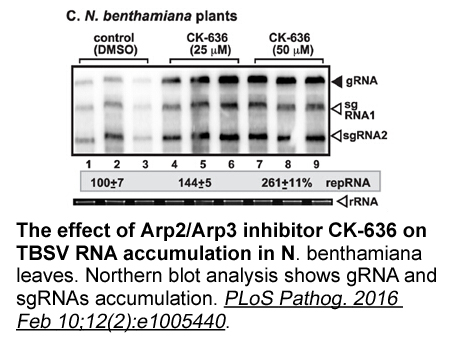
Several studies have reported that the genotype and allele frequencies of S267F vary considerably between different study groups and geographical regions (Ezzikouri et al., 2017, Hu et al., 2016, Lee et al., 2017, Li et al., 2014, Pan et al., 2011, Peng et al., 2015, Yang et al., 2016, Zhang et al.,
-
Activity of compound in rat brain tissue highlights the pote
2021-10-14

Activity of compound 10 in rat YT Broth, 2X powder blend receptor tissue highlights the potential to use this new class of allosteric sGC inhibitors to study the role of the NO—sGC—cGMP signalling pathway in the brain. Reducing amounts of cGMP in cells would have implications in downstream signallin
-
There are important questions that remain
2021-10-14
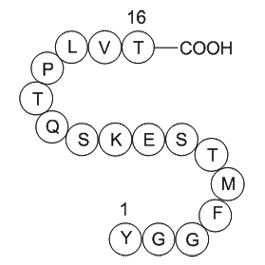
There are important questions that remain to be answered. How does Rap2a protein affect NF-κB activation? Why do Rap2a silencing and overexpression results to the identical hampered NF-κB activation phenotype? Overexpression experiments have demonstrated that atypical κB-Ras GTPases could inhibit NF
-
α-Conotoxin PIA Interestingly the rabbit cornea exhibited a
2021-10-14

Interestingly, the rabbit cornea exhibited a more than two-fold higher level of total GST activity compared with that of the porcine cornea, whereas their levels of GSTO1‐1 and GSTP1‐1 activity were similar (Fig. 4). Because members of the GST Alpha, Mu, Pi and Omega α-Conotoxin PIA primarily utili
-
Human GPR hGPR was originally isolated in
2021-10-14
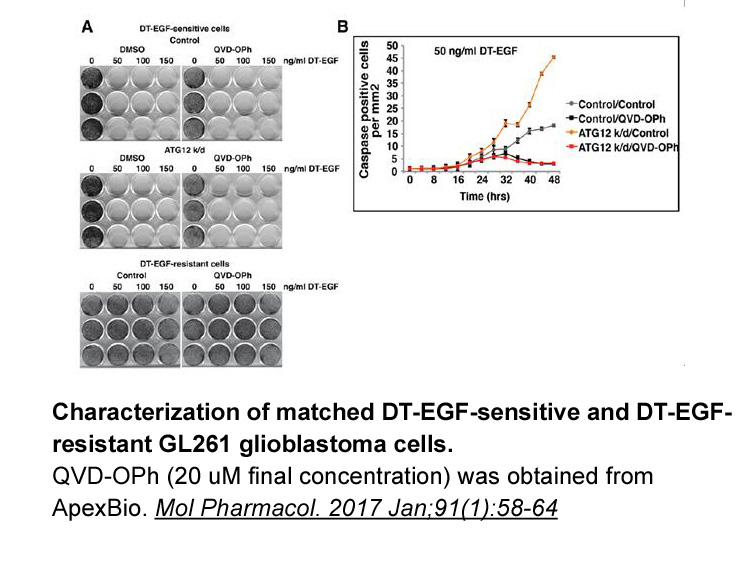
Human GPR55 (hGPR55) was originally isolated in 1999 as an orphan GPCR with high levels of expression in human striatum (Sawzdargo et al., 1999) (Genbank accession # NM_005683.3). hGPR55 was mapped to human chromosome 2q37, and in the human CNS it is predominantly localized to the caudate, putamen,
-
br Several reports have shown
2021-10-14

Several reports have shown an anti-proliferative effect of type I IFNs on CD4+ T metabolic enzymes activated in vitro either upon anti-CD3 antibody treatment [28,29] or upon cognate antigen stimulation [29]. However, the in vivo setting is a lot more complex, since the final outcome is the net eff
-
br Materials and methods br Acknowledgements The following r
2021-10-14

Materials and methods Acknowledgements The following reagents were obtained through the NIH AIDS Reagent Program, Division of AIDS, NIAID, NIH: SIVagm155-4 from Dr. Vanessa Hirsch and Dr. Philip Johnson; Anti-SIVmac251 Polyclonal; SIVagm tan-1 infectious molecular entacapone synthesis from Dr
-
BRL 37344, sodium salt synthesis br Methods and materials br
2021-10-14
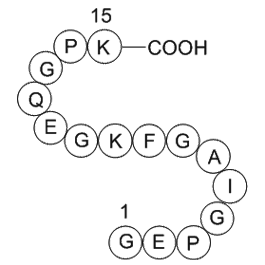
Methods and materials Results To examine the fear conditioning effects of the pre-exposure, drug, and sex factors in the total latency time, a 2 × 3 × 2 three-way ANOVA indicated that BRL 37344, sodium salt synthesis significant differences occurred in the drug (F2109 = 14.44, p 0.05) and pre
-
The Jumonji JmjC domain containing KDM family
2021-10-13
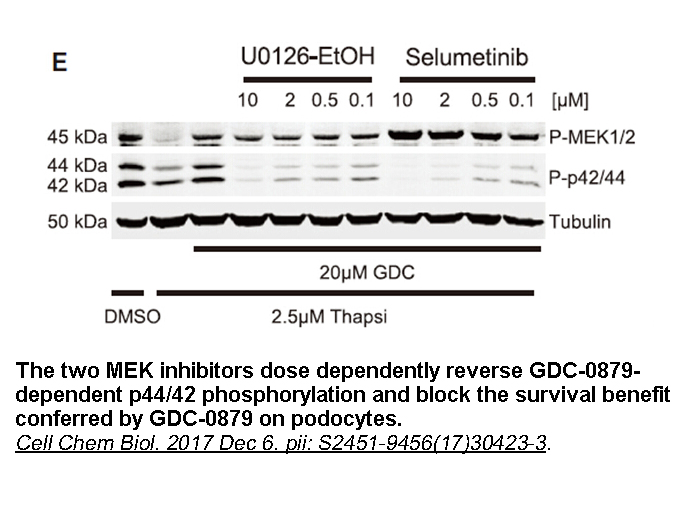
The Jumonji (JmjC) domain-containing KDM family members can be clustered into seven subfamilies (KDM2 – KDM8). The KDM2 cluster catalyzes H3K36me2/me1 demethylation; in addition, KDM2B/JHDM1B/FBXL10 has been suggested to catalyze demethylation of H3K4me3 [3]. Cell culture studies support that KDM2
-
This study was supported by the Finance Department Foundatio
2021-10-13
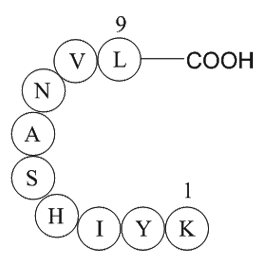
This study was supported by the Finance Department Foundation of Jilin Province (3D5178963428). Introduction Breast cancer is one of the leading cause of death in women worldwide [1,2]. Due to recent advances of combined therapies, survival rate of breast has improved significantly. However, bre
-
Clindamycin Phosphate The zinc dependent HDACs are classifie
2021-10-13
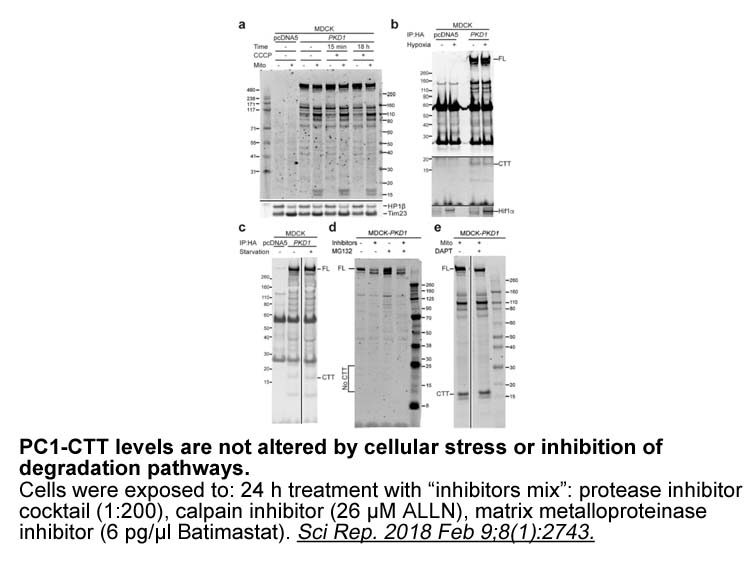
The zinc-dependent HDACs are classified into four groups based on their structure, complex formation, and expression pattern: class I (HDAC1, HDAC2, HDAC3, and HDAC8), class IIa (HDAC4, HDAC5, HDAC7, and HDAC9), class IIb (HDAC6 and HDAC10), and class IV (HDAC11) [16]. We recently reported on a cyto
16199 records 588/1080 page Previous Next First page 上5页 586587588589590 下5页 Last page